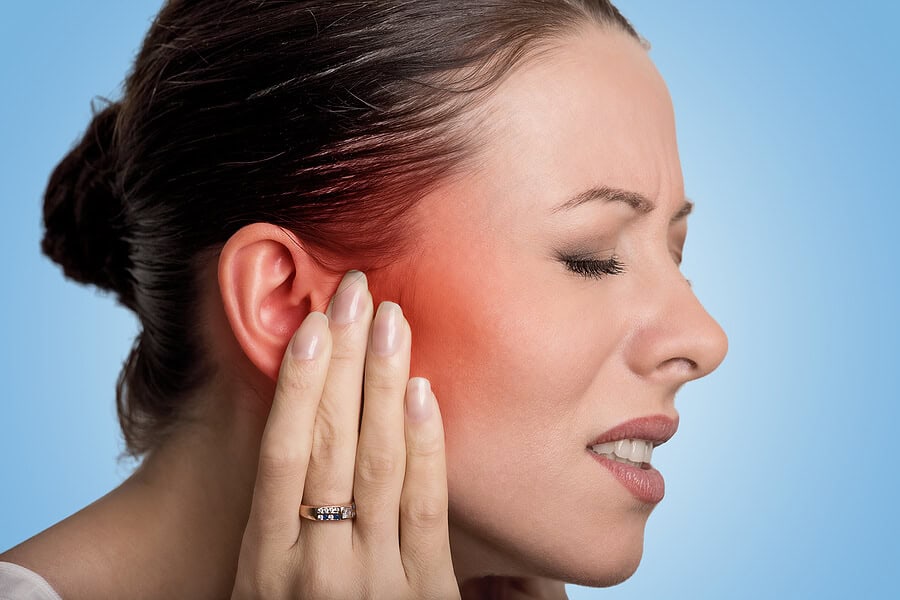- Using Hearing Aid Accessories for Enhanced Listening - May 6, 2025
- Practical Tips for Managing Daily Challenges With Tinnitus - April 8, 2025
- Signs Your Hearing Aid Battery Needs to Be Replaced - March 13, 2025
Ear injuries can happen suddenly and unexpectedly, from accidents at home to activities like sports. While ear injuries may seem minor, they can significantly impact your hearing and overall well-being. Knowing how to administer first aid for these injuries is important, as prompt care can prevent further damage. Whether it’s a small scrape or a more serious injury, understanding the right steps to take can help preserve your hearing health and reduce the risk of complications.
Understanding Different Types of Ear Injuries
Ear injuries can vary in type and severity. They generally fall into three main categories: outer ear injuries, middle ear injuries, and inner ear injuries. Outer ear injuries usually involve cuts, scrapes, or bruising, while middle and inner ear injuries often affect hearing and balance. These more serious injuries may involve the eardrum, tiny bones in the middle ear, or delicate structures in the inner ear, leading to temporary or permanent hearing loss if not properly addressed.
First Aid for Minor Outer Ear Injuries
Outer ear injuries, such as cuts or scrapes, are the most common and generally the easiest to manage. If you or someone you know experiences a cut on the ear, the first step is to clean the area gently. Use clean water or a saline solution to rinse away dirt or debris. After cleaning, apply gentle pressure with a sterile bandage to stop any bleeding. You can then apply an antibiotic ointment and cover the wound with a clean bandage. If the cut is deep or won’t stop bleeding, seek medical attention as soon as possible to prevent infection or further damage.
Addressing Ear Canal Blockages
The ear canal is sensitive, and injuries to this area can be quite uncomfortable. Sometimes, an object gets stuck in the ear, particularly in children. If this happens, avoid inserting anything into the ear to try and remove the object, as this could push it further in or cause damage to the eardrum. Instead, tilt the head to allow gravity to help dislodge the object. If the object remains stuck, it’s best to visit a professional for safe removal.
Treating a Perforated Eardrum
A perforated eardrum can occur due to loud noises, trauma, or even a sudden change in pressure. Symptoms might include sharp pain, hearing loss, or drainage from the ear. If you suspect a perforated eardrum, avoid getting water into the ear and seek help promptly. Cover the ear lightly with a clean, dry cloth to keep it protected until you can see a professional. Never insert cotton swabs or other objects into the ear canal, as this could worsen the injury.
Frostbite: Special Considerations
Frostbite can also affect the ears, especially in cold weather conditions. If frostbite occurs, move the person to a warmer environment and warm the affected area gradually. Do not rub or apply direct heat, as this can worsen the damage. Once the ear begins to warm up, cover it with a soft cloth and seek professional attention for further treatment.
While some ear injuries can be treated at home, it’s always best to err on the side of caution. If you notice persistent pain, hearing loss, or discharge from the ear, it’s time to consult a hearing health professional. Early intervention can make a big difference in protecting your hearing and preventing long-term complications.
Also, understanding the basics of first aid for ear injuries can help you take quick and effective action when accidents happen. From cleaning small cuts to handling more serious issues like perforated eardrums, prompt care can make all the difference in protecting your hearing health.


